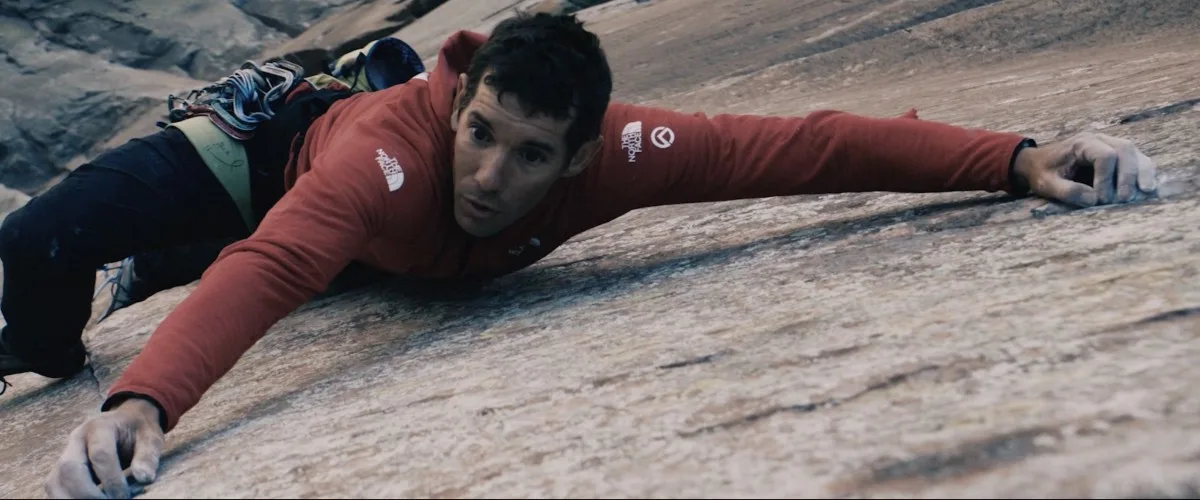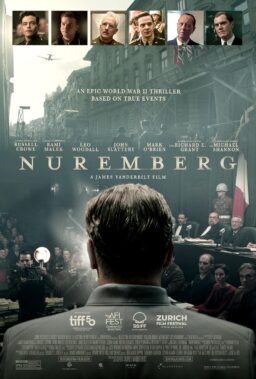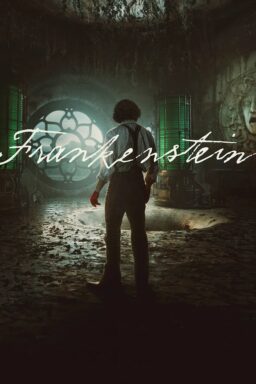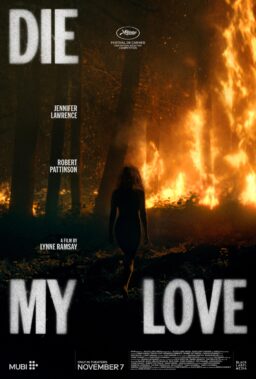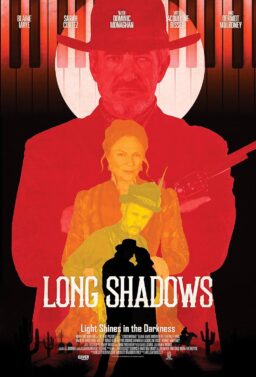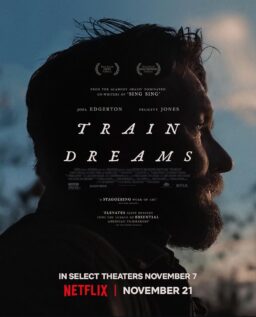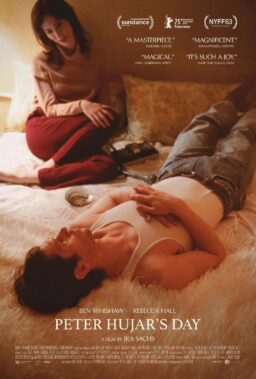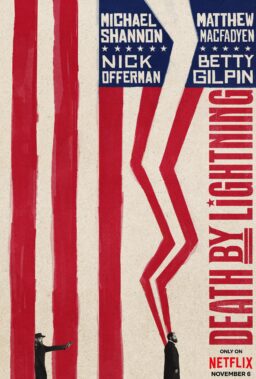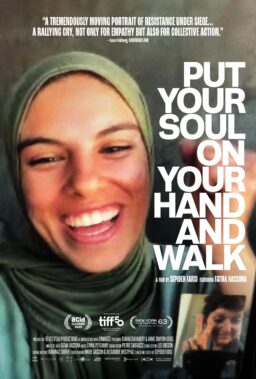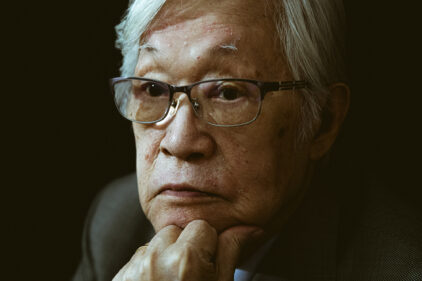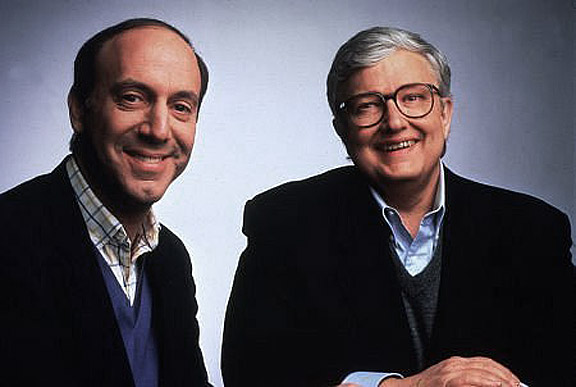The amateurish mountain-climbing horror pic “The Sound” could have been a compelling high-concept chiller, as you can see from the movie’s promising opening scene. It’s a flashback, of course, right at the top of a haunted mountain range known as “The Forbidden Wall.” This is British Columbia in 1959, and history is about to play out with a greater emphasis on suggestion than the rest of this supernatural drama. All you need to know is that there’s a climber at the summit and he realizes too late that something’s got hold of his guide rope. Watching the climber try to free himself even as his taut support rope gets pulled upwards by who knows what…man, why couldn’t the rest of “The Sound” be like that?
Too much of “The Sound” focuses on the inconsequential backstory that motivates a group of accomplished modern-day climbers to tackle the Forbidden Wall. It’s 2022 now, and the Wall is accessible for the first time since the mysterious disappearance of the 1959 climbing party. Rumors abound, but nothing can stop these determined sportspeople, organized by Colton (Nicholas Baroudi) and symbolically led by Sean (Marc Hills), whose grandfather died on the Forbidden Wall 63 years ago. Sean’s group prides themselves on their pragmatism and experience, so they quickly split up into pairs and only stop talking in climbing jargon whenever they’re attempting a hammy sort of camaraderie (“Fo sho’”?). You might imagine that the movie’s pre-Wall scenes will fade away as just an awkward preamble before some relatively action-packed climbing scenes. Unfortunately, all that throat-clearing is representative of the movie that follows.
All promise and little follow-through, “The Sound” prepares viewers for action scenes that are eventually too broken up, both visually and dramatically, by underwhelming anecdotes and overcompensating lingo. Worse still, Sean’s team doesn’t even get to face an interesting threat once they’re finally up on the Forbidden Wall, whose aura of mystery disperses as soon as Sean’s buddies encounter their first spooky obstacle. Way too much is shown and on such a regular basis that it almost made me wish that “The Sound” was a found footage horror movie. If it were, the filmmakers might have been able to rely more on hints and insinuations instead of half-heartedly delivering programmatic horror movie scares.
The makers of “The Sound” try so hard to convince you that its climbers and their approach are realistic that almost everything else in the movie seems anemic. Check out the movie’s supporting characters, including a couple of shadowy government agents and a mystical aboriginal named Chief Guyustees (Wayne Charles Baker) who knows more about Sean and the Wall than anyone else. Too bad he also talks in clichés and behaves like a stereotype, like when he surprises Sean in the middle of the night—and in the middle of the woods near the Wall—by calling Hills’s thinly drawn protagonist by name. How does he know it’s Sean? “The ravens told me you were out for a walk.” Sadly, this isn’t the only time that the Chief talks like Wes Studi’s hilariously vague super-sage The Sphinx from “Mystery Men.”
The most engrossing parts of “The Sound” hint at what it’s like to be on the Wall with Sean and his fellow athletes. And in case you’re wondering, not everything that works here is presented with the horror movie equivalent of the hard science-fiction genre’s focus on procedural details. Some of the split decisions and hasty judgment calls that these bold sportsmen have to make are satisfying because they’re well-deployed formulaic contrivances. So it’s maybe not surprising that “The Sound” only comes alive when its cast members are dangling in mid-air and planning their next moves on the fly.
Then again, I wish more time were devoted to problem-solving, not just the search for new foot- and hand-holds, but also setting up mid-air tents and both placing and handing over guide ropes. These are the most suggestive and maybe exploitable part of “The Sound”, and they’re never foregrounded enough to justify so much talk about cams and nuts, walkoffs and wraps around the face, and so on. I don’t mind that these characters mostly communicate in their own specialized language, but that can get annoying when the rest of the talking—and emoting—only makes it harder to believe that they’re real people.
It’s hard enough to watch performers struggle to pump up thin material, even though the main cast’s members all seem capable of the physical business required of their roles. It’s harder to watch as the makers of this scrappy, low-budget production give away too much whenever they rely on effects-driven action or drama. Less might have given viewers a lot more here, though it’s hard to know for certain without the benefit of foresight (those pesky ravens!) and a little more rope, too.

